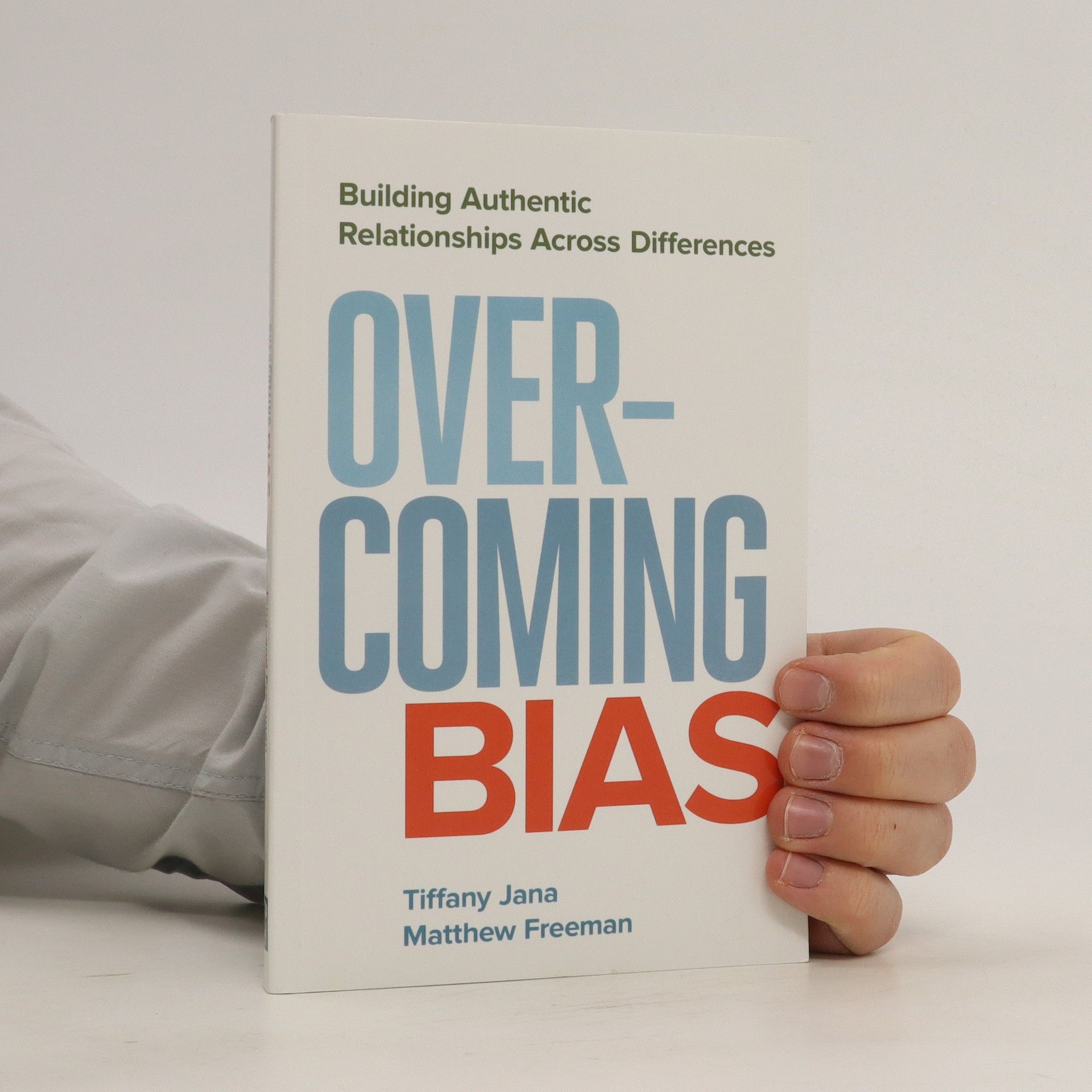Darkness Never Far
- 104pages
- 4 heures de lecture
Delving into the depths of human emotion, this collection of poems reflects Matthew Freeman's journey through darkness and his ongoing quest for peace. Through vivid imagery set against the backdrop of St. Louis, Freeman explores themes of love, longing, and the complexities of human relationships, offering readers a poignant perspective on authority, medicine, and the balance between hopelessness and hope. The introduction by John G. Csernansky, M.D., highlights Freeman's evolution as a poet and his desire to share vital lessons from his experiences.

